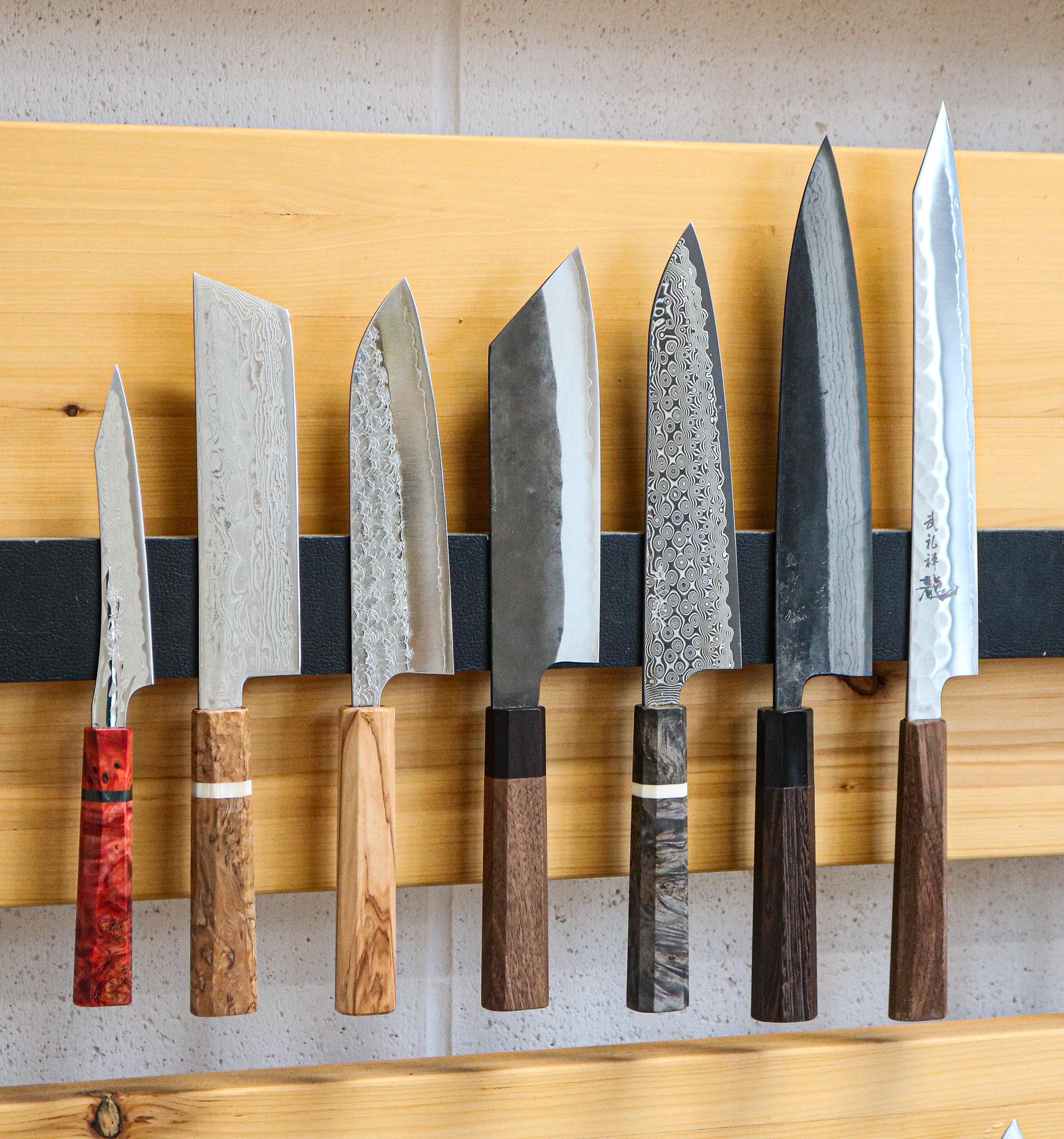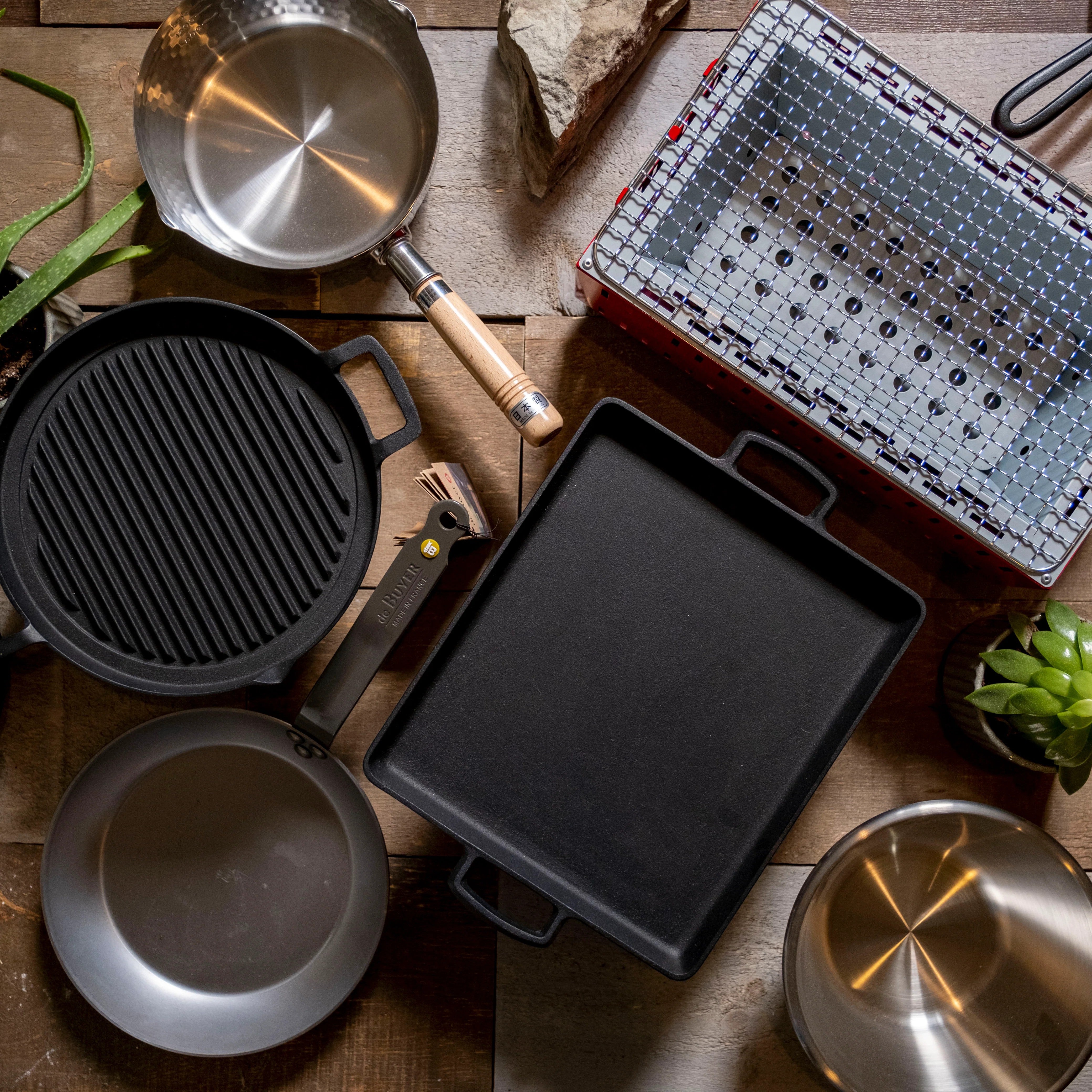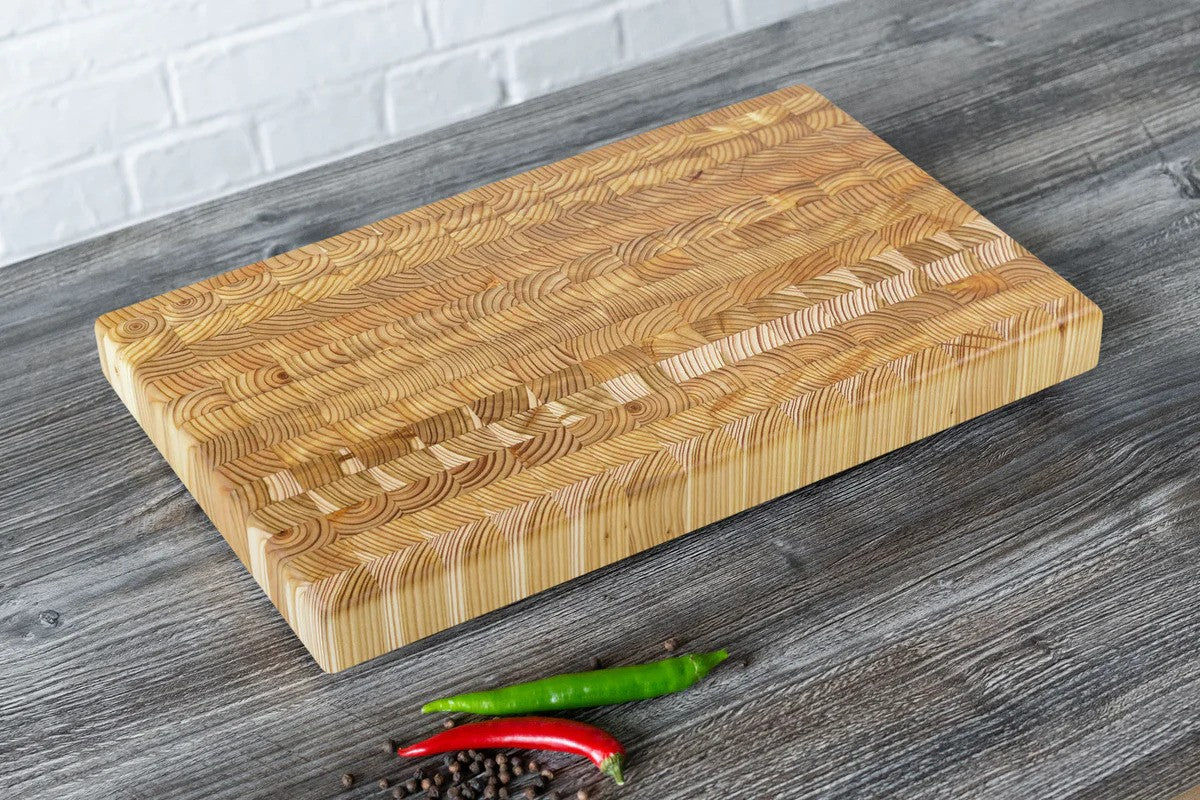Menu
STAINLESS STEEL (LOW MAINTENANCE)
Price
$0
$3,158.86
Knife Type
Composition
Steel Type
Blade Length
Finish
Kenshiro Hatono Black Damascus Petty 135 mm


Quick View


Kenshiro Hatono Black Damascus Petty 135 mm
- Price
- $364.95
Nigara Hamono Damascus Anmon Gyuto 195 mm


Quick View


Nigara Hamono Damascus Anmon Gyuto 195 mm
- Price
- $865.95
Makoto Kurosaki Damascus Tsuchime Nakiri 165 mm


Quick View


Makoto Kurosaki Damascus Tsuchime Nakiri 165 mm
- Price
- $444.95
Nigara Hamono Tsuchime Damascus Gyuto 235 mm


Quick View


Nigara Hamono Tsuchime Damascus Gyuto 235 mm
- Price
- $534.95
STAINLESS STEEL
Stainless steel knives are considered low maintenance, easier than both stainless clad and iron clad to care for.
Stainless steel Japanese knives are made in a process called “Sanmai” or “Forge welding” where two softer layers of stainless steel are laminated around a harder core layer of stainless steel. All three of these layers are rust resistant and therefore are not susceptible to rust or discoloration. The softer outer layers of steel are used to make the knife more durable and flexible while the harder core layer is used to provide better edge retention to the blade.
Japanese stainless steel is special because of the added carbon content, which provides better edge retention than standard stainless steel. That said, they do not have the same edge retention or ease of sharpening as carbon steels. If you want a stainless steel that is more comparable to carbon steel, higher quality stainless super steels such as R2/SG2, HAP40, and Cobalt Special, are best; however, these tend to be more expensive.
HOW TO CARE FOR STAINLESS STEEL KNIVES
Stainless steel is a great place to start if you're just getting into cooking or Japanese knives. As the name implies, these are very difficult to rust or discolour. Pushed to their absolute limits they certainly can still rust, but it takes a lot of mistreatment for that to happen.
Remember to follow the care recommendations for all Japanese Knives:
- Do not put them in the dishwasher or soak them in water, as this may ruin the wooden handle and rust the blade.
- Wash with soapy water and wipe dry after each use, especially after handling acidic ingredients, to minimize the risk of rusting.
- Don’t cut through anything you wouldn’t bite through, like frozen foods, hard candies, or bones, as this may chip or damage the knife.
- Don't torque the blade, as this may chip the knife. Use it in a forward and back, up and down motion without twisting.
- Don’t scrape the cutting board with your knife, as this will cause it to dull quickly and ruin your edge.
- Use an end grain wooden cutting board or hi-soft rubberized cutting board if you can to protect your edge. Glass, bamboo, and granite are terrible materials for cutting boards, and plastic is only slightly better.
- Choosing a selection results in a full page refresh.










